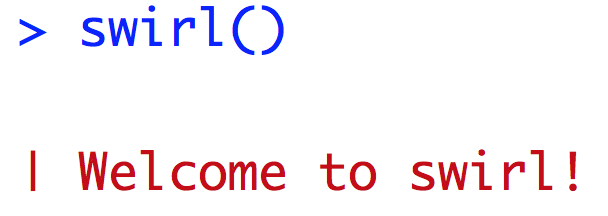1722 total view(s), 612 download(s)
Geyer_ANOVA_LessonPlan.pdf(PDF | 463 KB)
Geyer_ANOVA_swirl.swc(SWC | 6 KB)
- License terms
Description
This lesson focuses on recognizing situations in which ANOVA can be used and the necessary steps for conducting such a test. Students will review the different types of variables commonly collected by biologists (continuous vs. categorical; dependent vs. independent) to discern scenarios in which ANOVA is appropriate. Next, students follow a step-by-step guide to conducting and interpreting an ANOVA test using the 'iris' dataset made available in base R. A variety of multiple choice and command-response questions are used to check student comprehension throughout. The skills learned within should serve as a foundation for additional tests utilizing other variable combinations and may require testing of other assumptions and/or data transformations.
Cite this work
Researchers should cite this work as follows:
- Geyer, K. (2020). Conducting Analysis of Variance (ANOVA) in R with swirl. Teaching with R in Undergraduate Biology, QUBES Educational Resources. doi:10.25334/92KV-EH29
